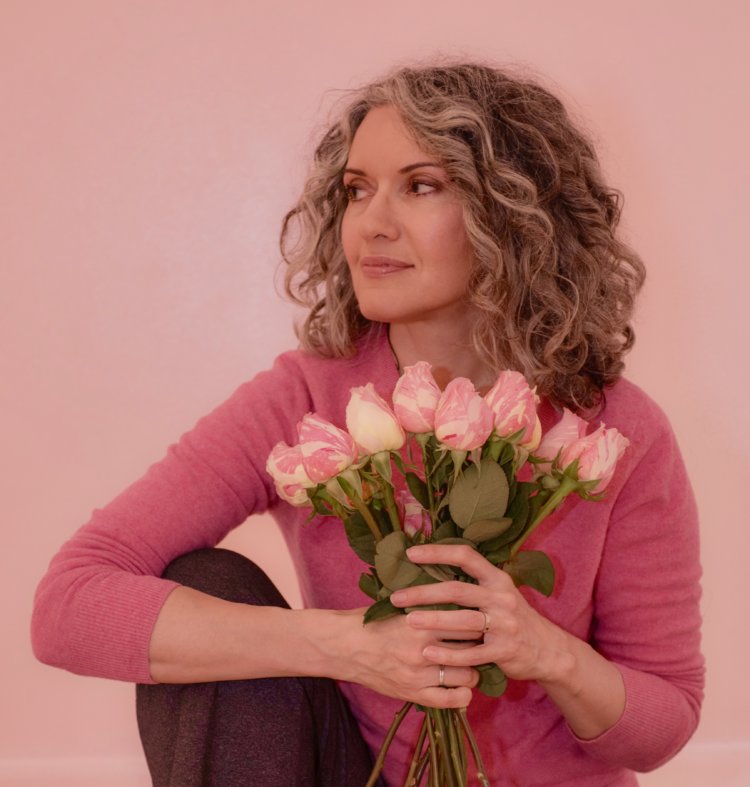
When was the last time you moved? Like, got up, walked somewhere, maybe even stretched a little or did your favorite form of exercise? (Do you even have a favorite form of exercise?)
Everyone knows it’s important to move. Our bodies operate on the assumption that we’ll keep them in good condition by putting a little physical hustle into our basic survival skills. They just weren’t designed for a life of one-click shopping or day after day of sitting while we look at screens. So naturally, I’m here to talk to you about Yoga. But not that kind of Yoga.
Most people think Yoga is a form of exercise, and it is—but mostly it isn’t. Yoga is actually a spiritual path (non-religion specific) of philosophies, ethics, and tools that help us live well and do good. Only one part of Yoga concerns physical exercise, but because we’ve become so sedentary, the emphasis we put on that part might be right on time.
But before we get too far into that, for the record: fitness is not about thinness. The Yoga media generates all these images of very thin (usually white and blonde) women. Ignore that and be inspired by my friend Dianne Bondy. She’s fit.
Some people naturally like to move, like dancers. My husband rides his bike to work because he’ll take any opportunity to get a ride in. A friend of mine loves to do ultramarathons—some over 50 miles. She’s over 60 years of age, by the way.
RELATED: Soul Selfie #1 on Yoga and Eating
For many of us, though, the word “exercise” has taken on a negative tone. Part of this is because we go to extremes: We don’t move enough, and we feel the results of that. We resolve (usually in January) to start a fitness program and swing to the other extreme of doing too much. That doesn’t feel good either, and gradually, we slow down until we’re where we started, not doing enough. (This is what we Yoga people call a Samskara, a repeating cycle of negative behavior. Instant enlightenment: these don’t usually work out too well.)
For me, Yoga was a bridge from should to want. The movements are meditative and calming, and many of them take place on the floor. At the end, you lie down—that’s an actual Yoga pose. This could not be any more perfect for someone who doesn’t like to work out.
But I’m not here to push Yoga on you, even though I’m a Yoga teacher. We don’t get extra karma points for proselytizing. It’s much more Yoga of me to tell you to find your own version of Yoga, your own form of fitness that you’ll actually want to do. And that’s the first of the spiritual tools of Yoga that can help you find your fitness, and the motivation to do it:
- Asana. This is defined as the traditional poses and moves of Yoga, but Yoga is also explained as the union of body, mind, and spirit. Finding a form of movement that makes you happy and feel good is finding your Asana. Just know that you need to do something in order to keep your beautiful physical body healthy. (And yes, your body is beautiful, whatever form it’s in now.)
- Ahimsa. This Yoga principle means doing no harm. Dread is a form of harm; if the thought of doing your current form of fitness puts you in a bad head space, which then affects your body, maybe you want to consider another option? If you find something you want to do, you’ll actually do it. And don’t make your body suffer! If what you’re doing physically hurts or causes injury, switch to something else.
- Sutra 1.14. This is a piece of advice from The Yoga Sutras of Patanjali, one of the most important spiritual texts of Yoga: Practice becomes fully grounded when well attended to for a long time, without break, and in all earnestness. This was meant to apply to the spiritual practices, but you can apply it to your chosen form of movement, too. As much as I love doing Yoga, there are times when I groan long and loud as I drag out my mat. But if I ignore my kvetching and just do it, I always feel better, and the benefits accumulate over time. Whatever you decide to do, stick with it. Don’t let it become another form of work; if you make it easy to do, you’ll do it.
One last note: There are those of us who, for various physical and medical reasons, find traditional forms of fitness difficult, and now I will push Yoga a little. The Accessible Yogamovement is giving people with different abilities the chance to get many of the same benefits as other mat rats. There is also Yoga for people with cancer, as well as many other illnesses and conditions. If any movement is not available to you, a study by the Cleveland Clinic Foundation in Ohio showed that a group that merely visualized working out gained almost half as much muscle as a group doing an actual workout in the gym. And no, that’s not permission to remain seated…
[“Source-groknation”]
